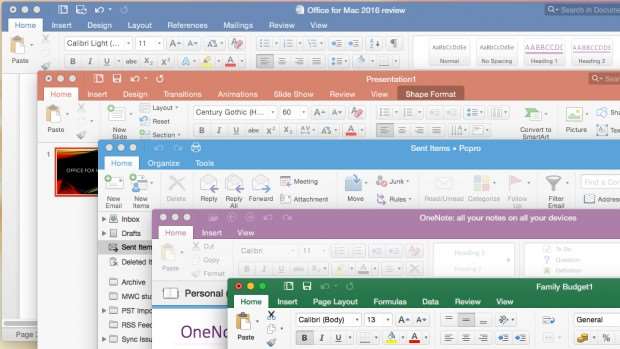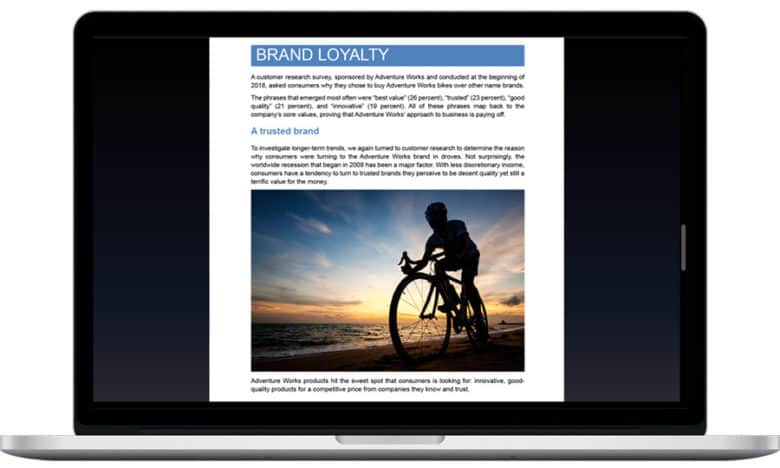Find Office For Mac
Update history for Office for Mac. 5 minutes to read. Contributors. In this article Office for Mac that comes with an Office 365 subscription is updated on a regular basis to provide new features, security updates, and non-security updates.
The following information is primarily intended for IT professionals that are deploying Office for Mac to the users in their organizations. The following table summarizes information about the most current version of Office for Mac. Current version Release date Download link More information 16.19 (18110915) November 13, 2018. Note. For security reason, Microsoft has deprecated the use of SHA-1.
Starting with the 16.17 release in September 2018, this information also applies to Office 2019 for Mac, which is a version of Office for Mac that’s available as a one-time purchase from a retail store or through a volume licensing agreement. The update history information for version 16.16 and earlier also applies to Office 2016 for Mac, which is also a version of Office for Mac that’s available as a one-time purchase. Older versions up to and including 16.16 can be activated with an Office 2016 for Mac volume license. You can’t activate version 16.17 or later with an Office 2016 for Mac volume license. For information about Office 2016 for Mac releases from September onward, see.

For information about the features, security updates, and non-security updates that are included in a given release of Office for Mac, see. If you want early access to new releases, join the program. Most current packages for Office for Mac The following table lists the most current packages for Office for Mac and for the individual applications, such as Word and Excel. All packages are 64-bit only. The build date is listed in parentheses, in a YYMMDD format, after the version number. The install package is used if you don't have the application already installed, while the update package is used to update an existing installation.
Note Download links are only provided for the most recent releases.

Microsoft on Tuesday its new Office 2013 and Office 365 productivity software suites. Lost in the announcement, however, was what (if anything) those suites would mean to Mac users. Macworld spoke to Microsoft representatives to get some clarification. Microsoft Office for Mac 2011 For starters, Office 2013 doesn’t mean anything to the Mac: it’s for Windows computers only. Office 365, on the other hand, does impact Mac users, but it doesn’t introduce any new features; rather, it’s essentially a new licensing model for Office for Mac.
A subscription to Office 365 ($10 per month, or $100 per year) gives you the right to download Office software to up to five computers. For Mac users, what you'll download is Office for Mac 2011—it's pretty much the same version of the suite that we've been using for a couple of years now, but it's been updated to include activation for Office 365 Home Premium. Your subscription must be renewed monthly or annually in order to continue to use the software.
(A that runs on two computers is available for $80.) If you currently own Office for Mac 2011, you must uninstall that software when you sign up for Office 365. You will then download and install Office for Mac 2011 through your Office 365 account—again, on up to five Macs. Mac users who sign up for Office 365 will also get 20GB of SkyDrive storage (up from the 5GB that comes with a free account) and 60 minutes per month of Skype calls.
One of the marquee new features of Office 365 is, a service that allows a PC without Word, Excel, or PowerPoint installed to run those programs via Internet streaming. But Office on Demand is a Windows-only feature; it remains to be seen whether it will be available to Mac users when the next version of Office for Mac is released.
Word Web app Mac users do have an alternative to Office on Demand:, which have been available since 2010. Accessible through a account, those apps let you create and edit Word documents, Excel spreadsheets, and PowerPoint presentations using Web-based versions of those apps, then save those documents to your SkyDrive or Mac. However, those Web apps aren’t as full-featured as the desktop versions; SkyDrive does provide the option to open a document directly in the desktop version of each program (provided that app is on your Mac).

Officemax Catalog
Unrelated to the Office 365/Office 2013 announcement, Microsoft released an on Tuesday. The update provides several fixes to Outlook and PowerPoint.
Editor's note: Updated on 1/29/13 at 7pm PT to clarify what the downloaded version of Office for Mac 2011 offers.